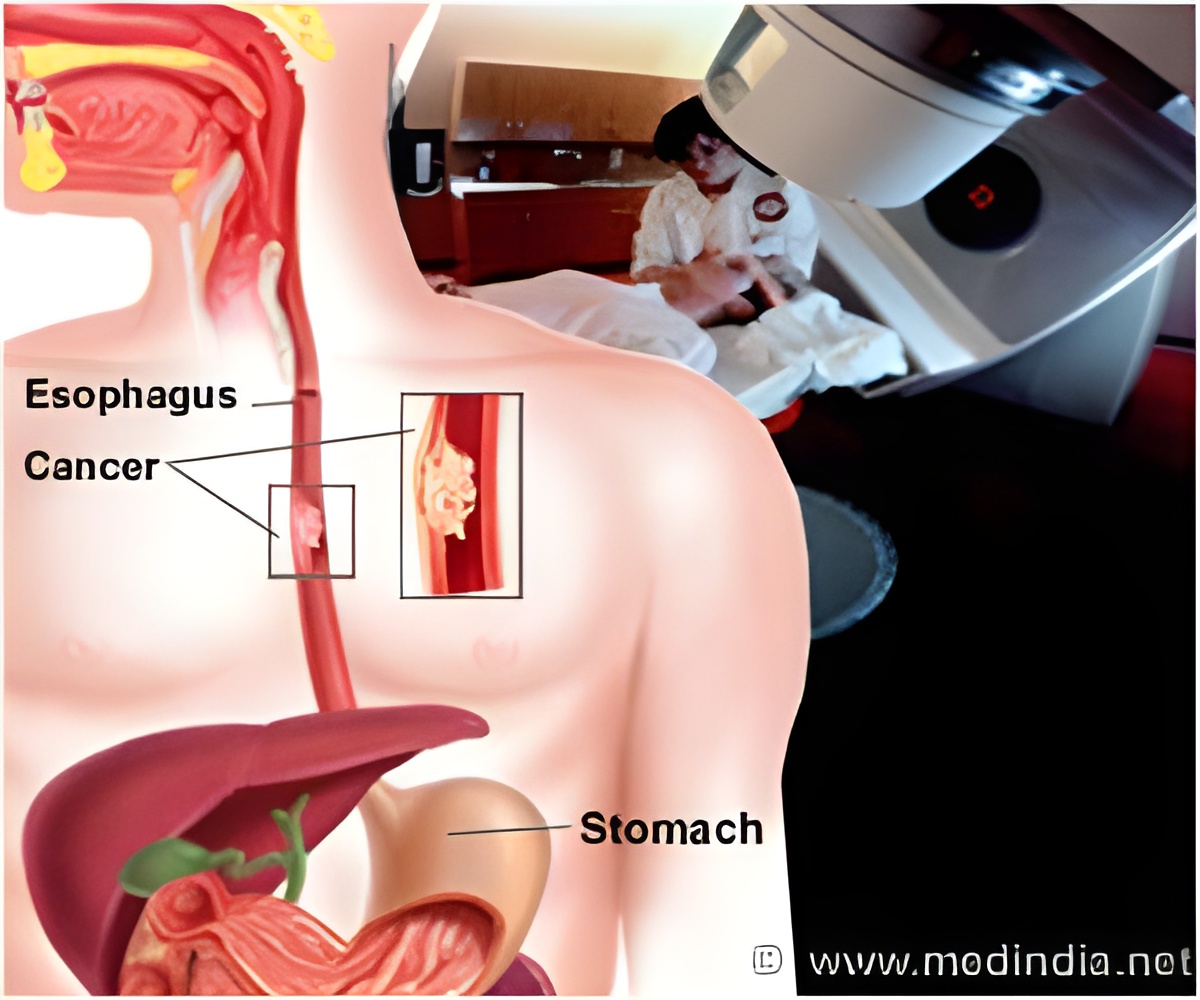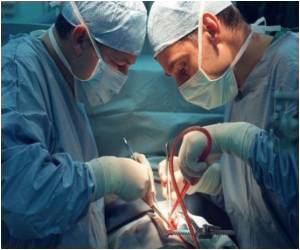
The Tadpole Endoscope stands out from existing wireless capsule endoscopes with its addition of a soft tail that allows it to be guided around the stomach remotely by a doctor, allowing for more comprehensive imaging and accurate location of problems within the body.
Cancers of the gastrointestinal (GI) tract, including esophagus cancer, stomach cancer and colon cancer, rank as the second most prevalent among all types of cancers in the world.
Three procedures are required for the traditional method of diagnosing cancers in the GI tract: esophagus cancer and stomach cancer can be diagnosed using gastroscopy; intestinal cancer can be diagnosed using capsule endoscopy; and colorectal cancer can be diagnosed using colonoscopy. All of these diagnostic procedures are expensive and put a lot of stress on the human body.
Created by engineers from the Institute of Precision Engineering at the Chinese University of Hong Kong, The TE attempts to improve these existing methods by offering a reliable, non-invasive diagnosis procedure for the GI tract.
The process will work by the patient going to the hospital and swallowing the TE which starts working immediately. Once the TE is in the stomach, the doctor can control the TE to swim around to gather images. By adjusting the posture of the patient, the doctor can view the whole stomach.
Advertisement
So far, the TE has been tested in a stomach model and a pig stomach without the image system. The authors hope that the viability of the propulsion model will take one step closer to the next stage of experiments before the device can be used in a working medical context. The research was published in the journal HKIE Transactions.
Advertisement













